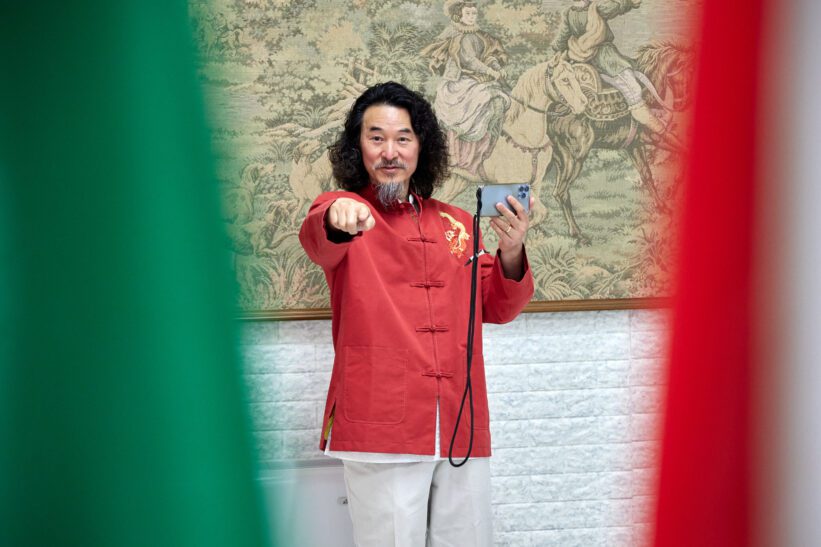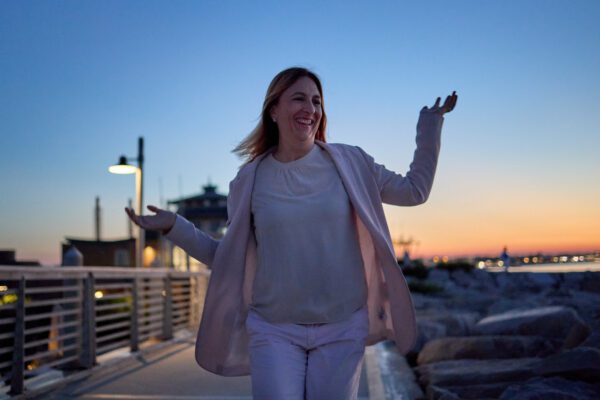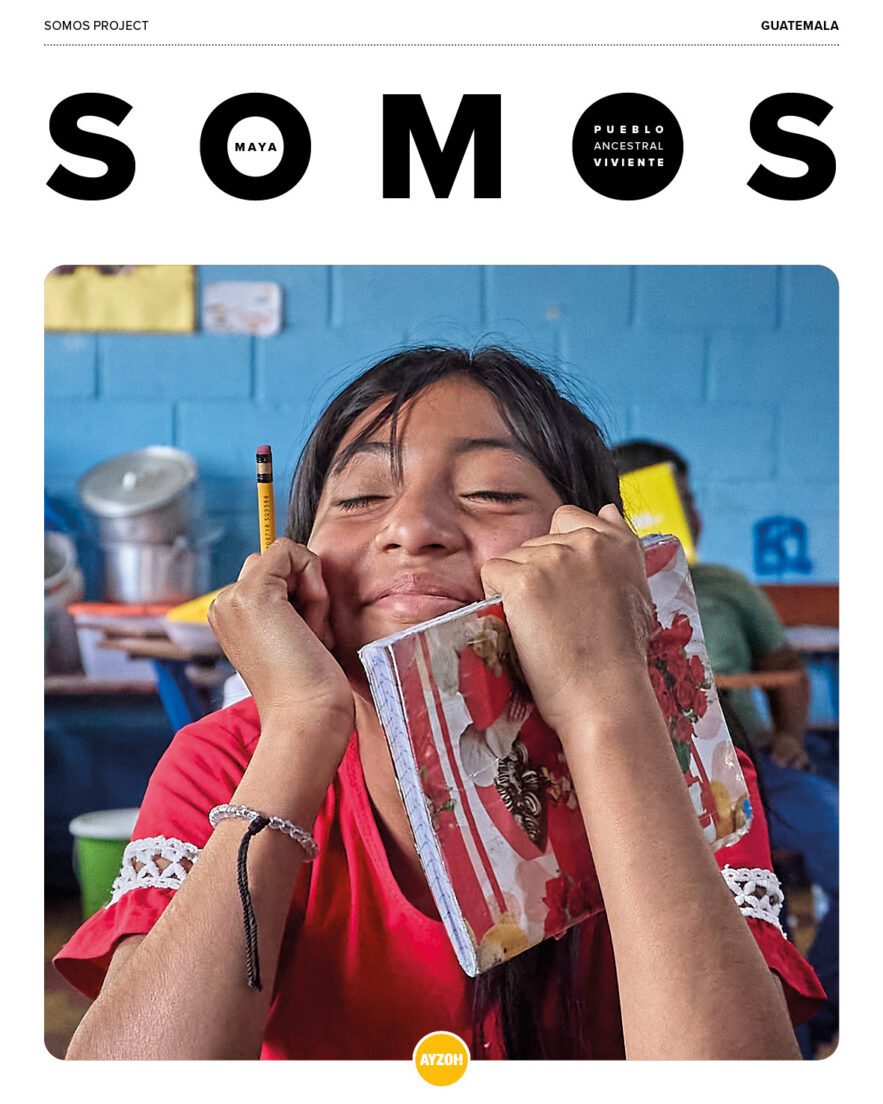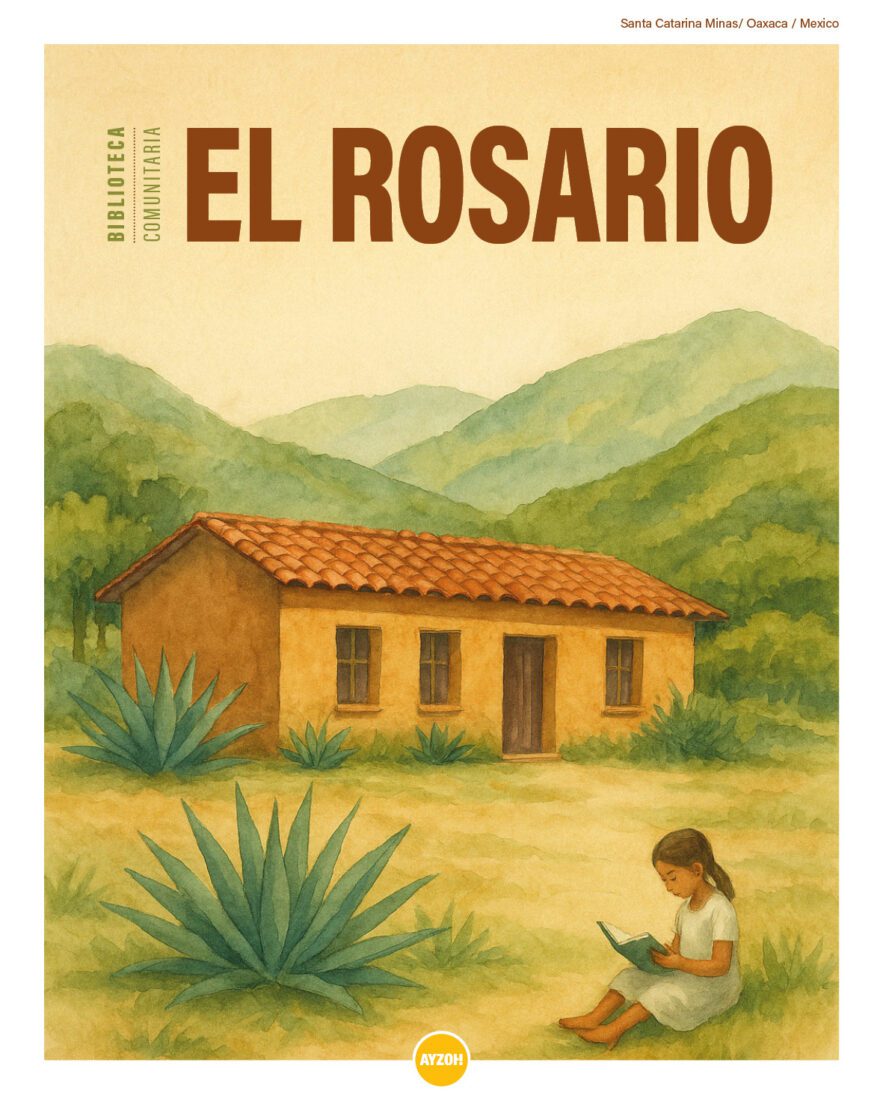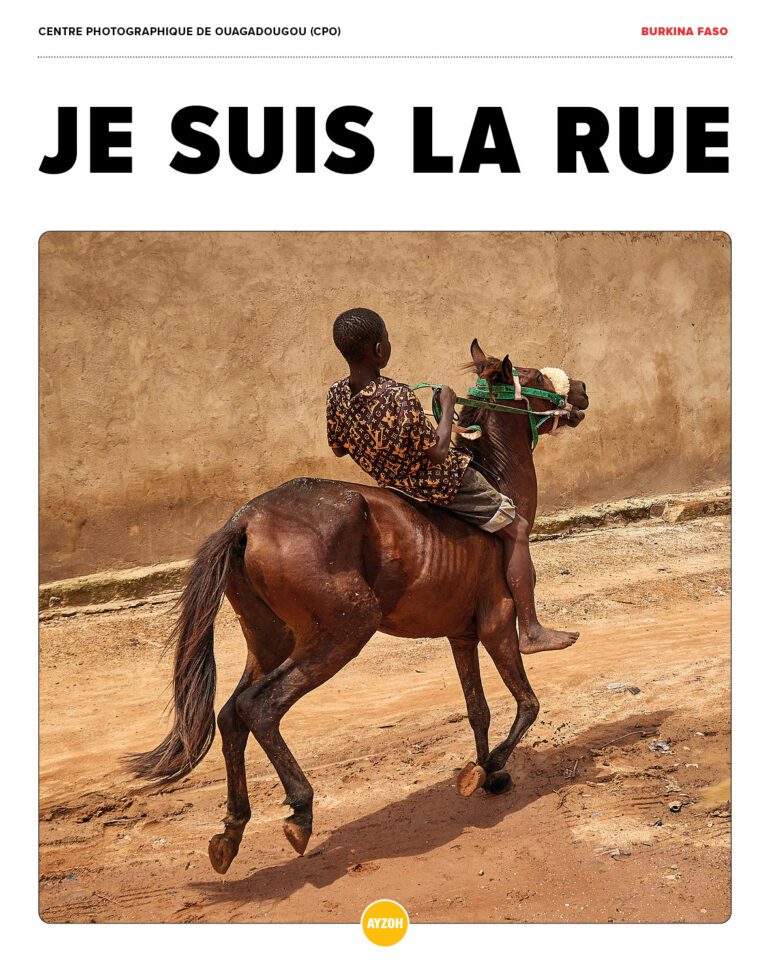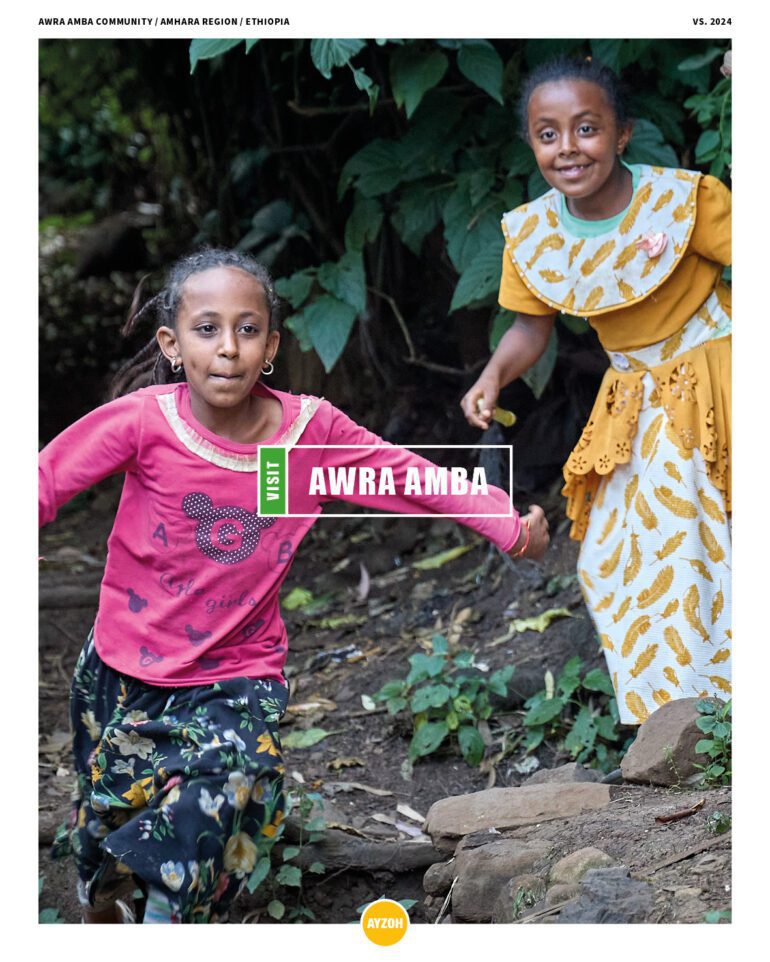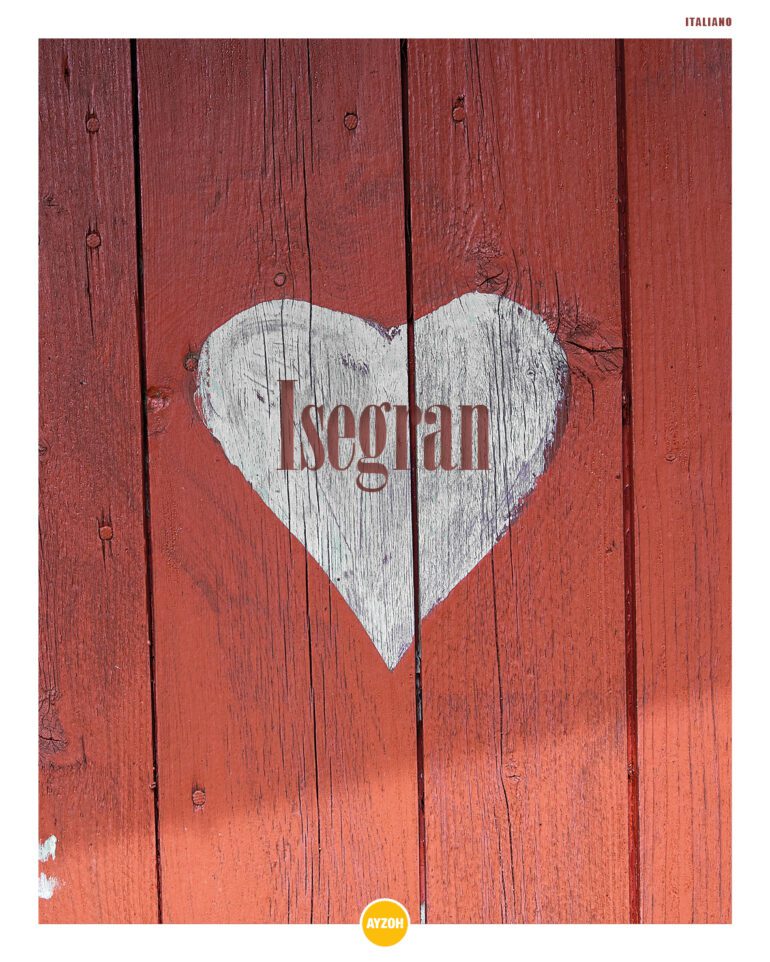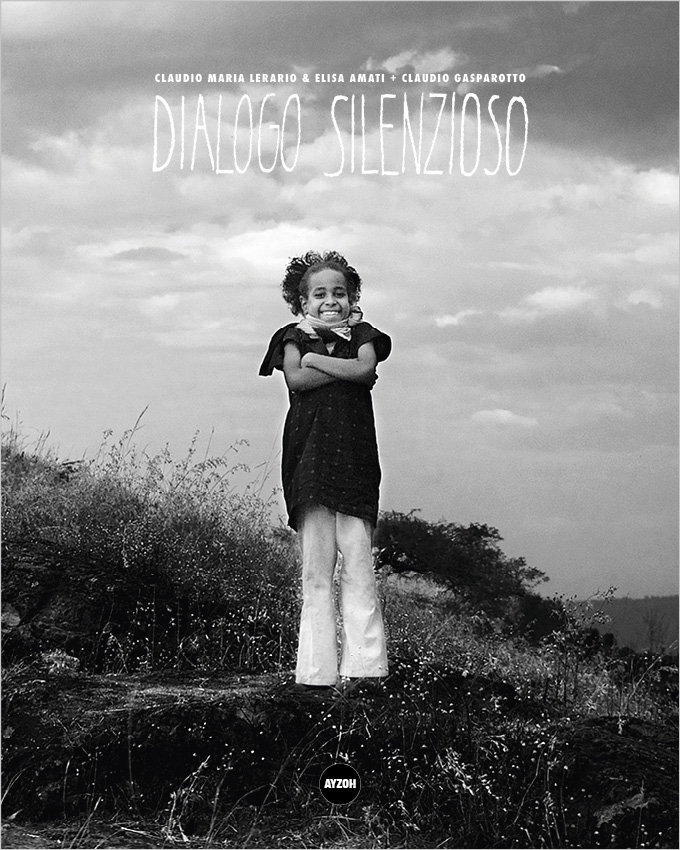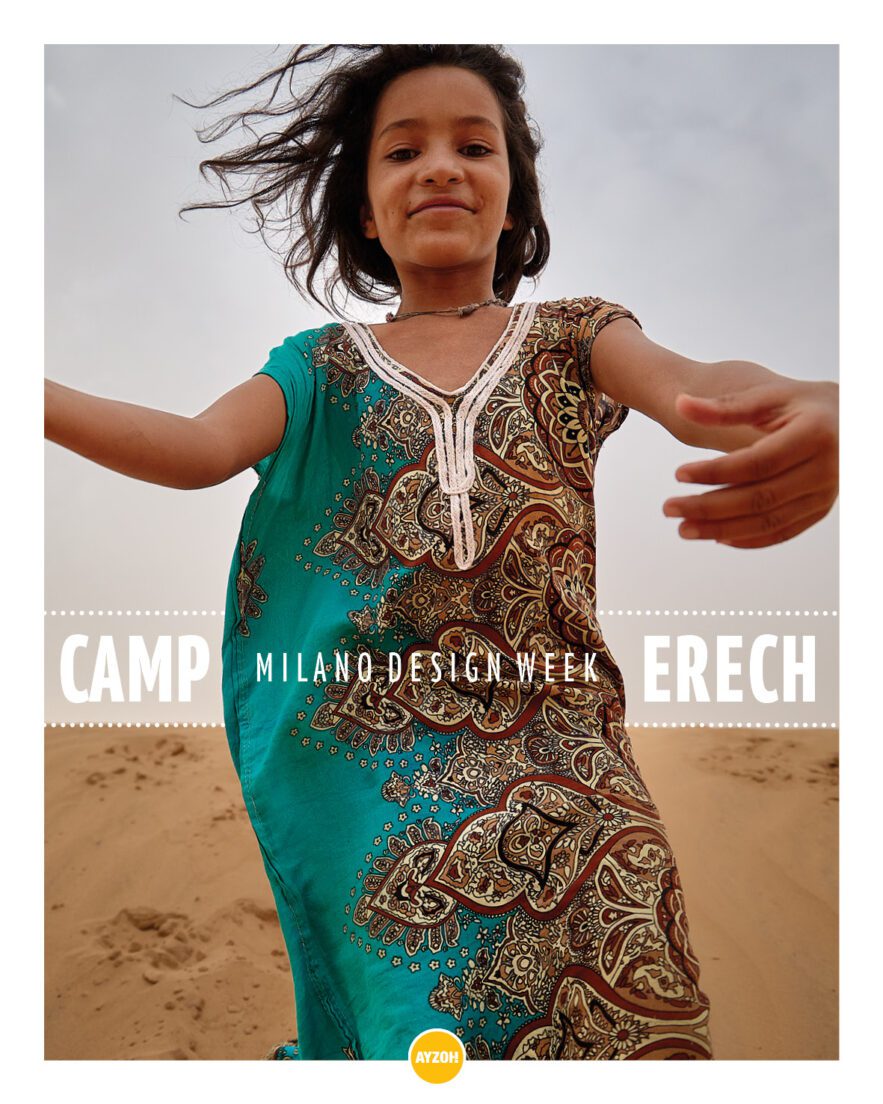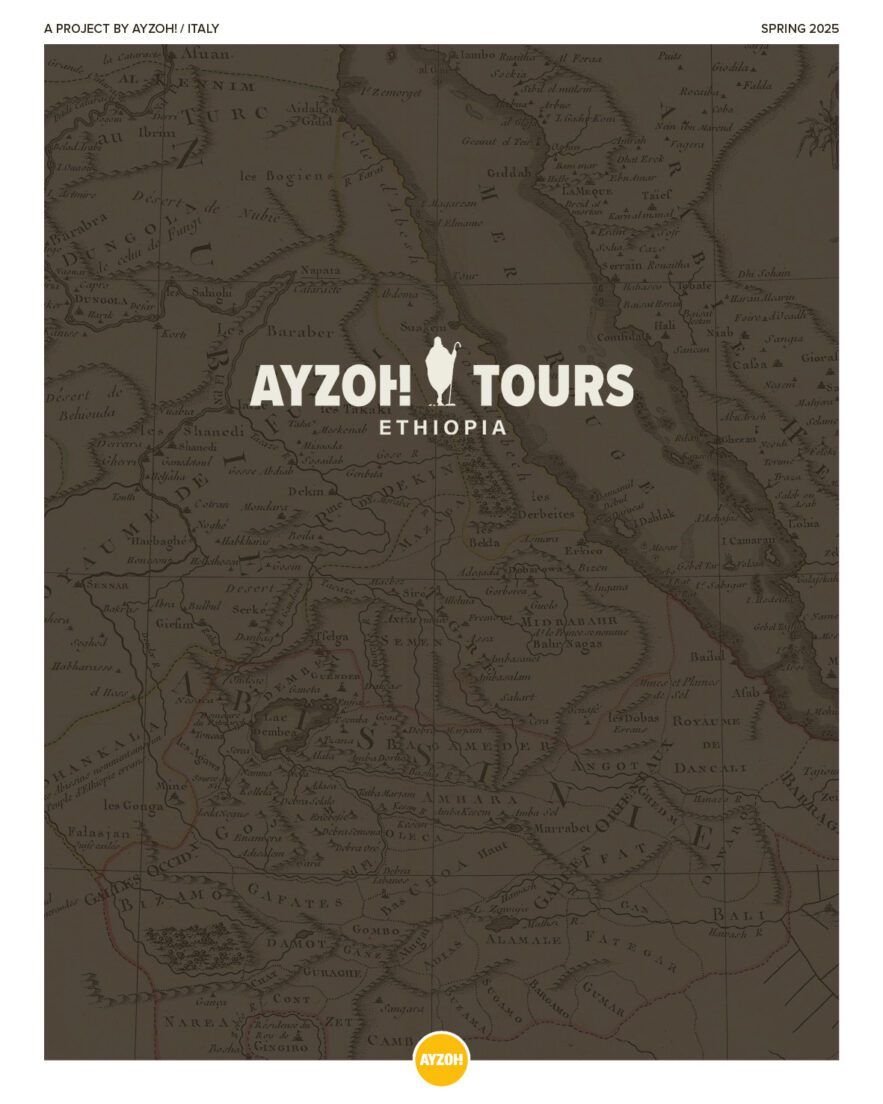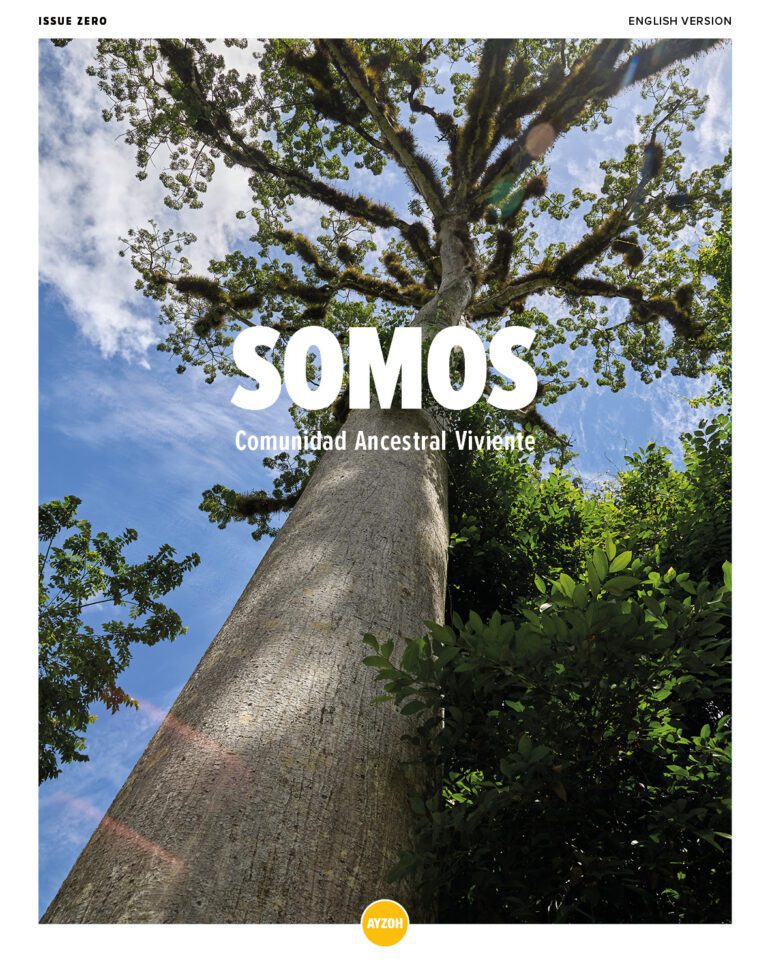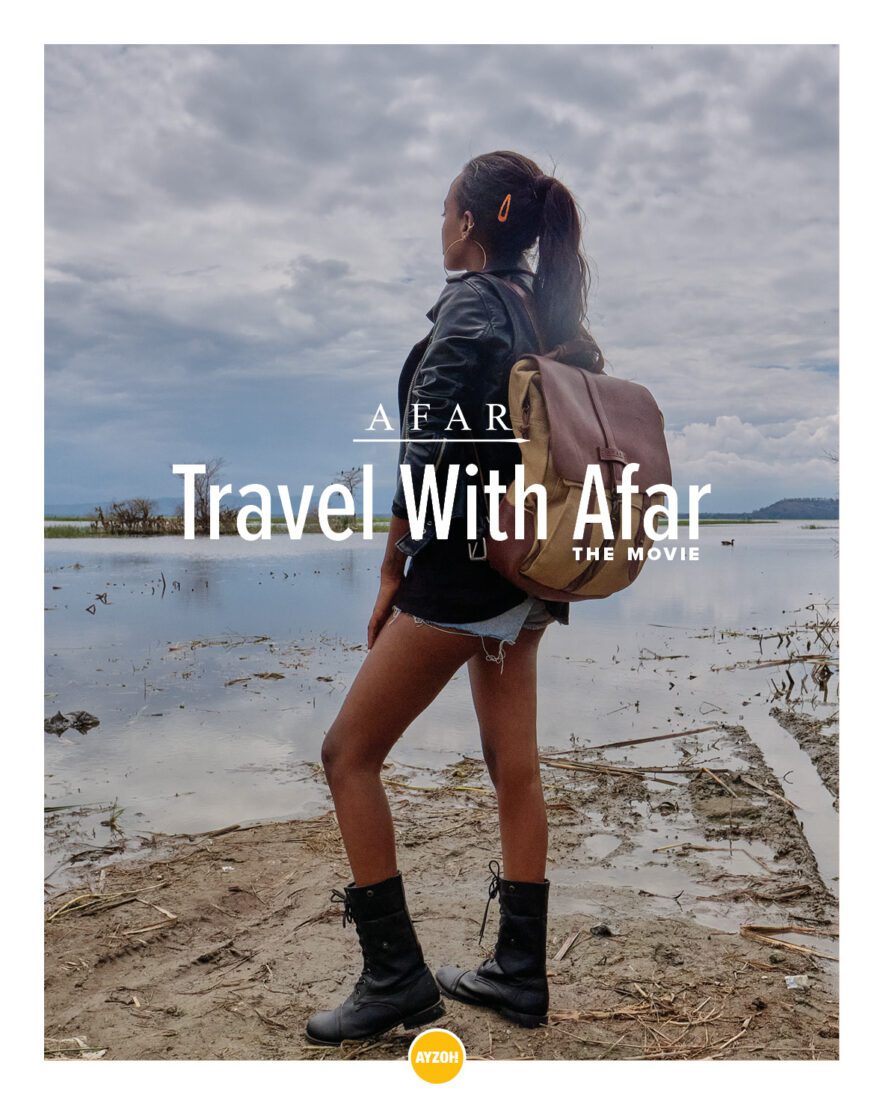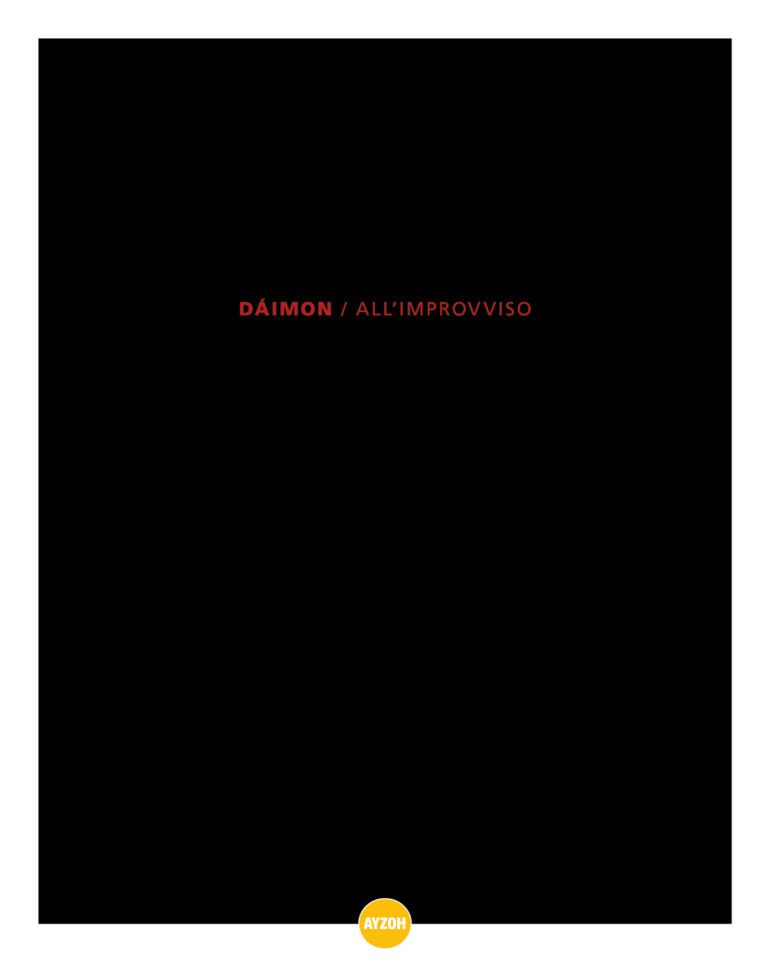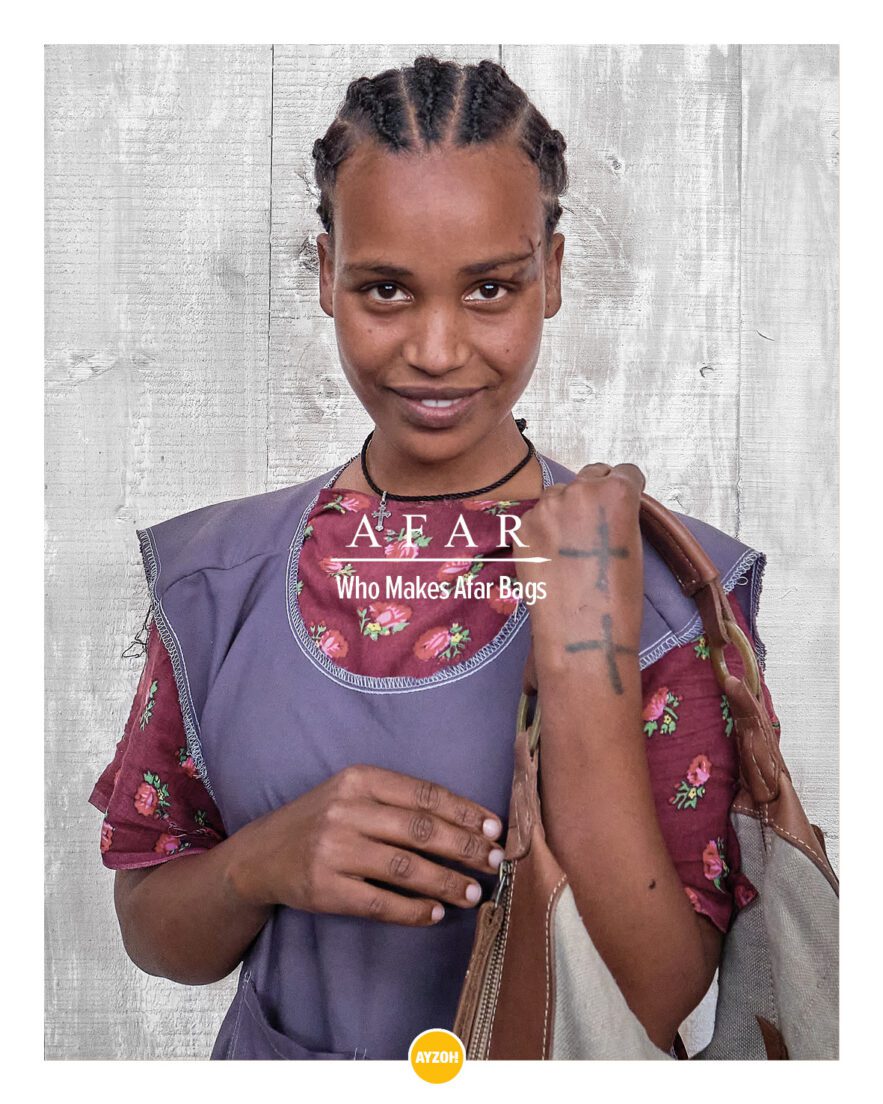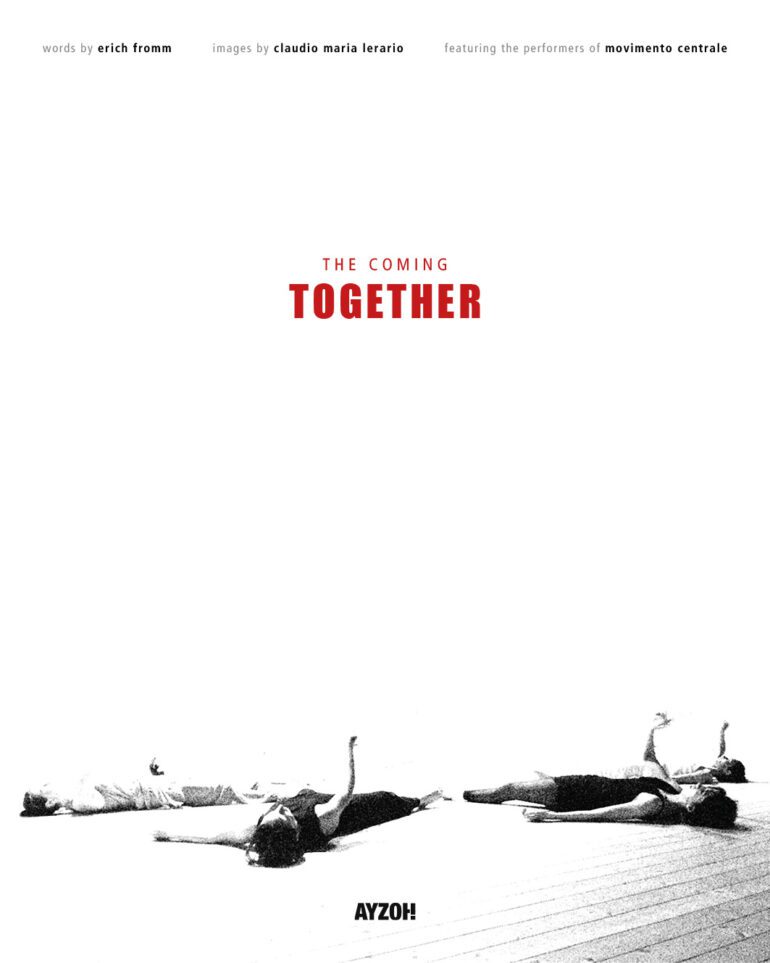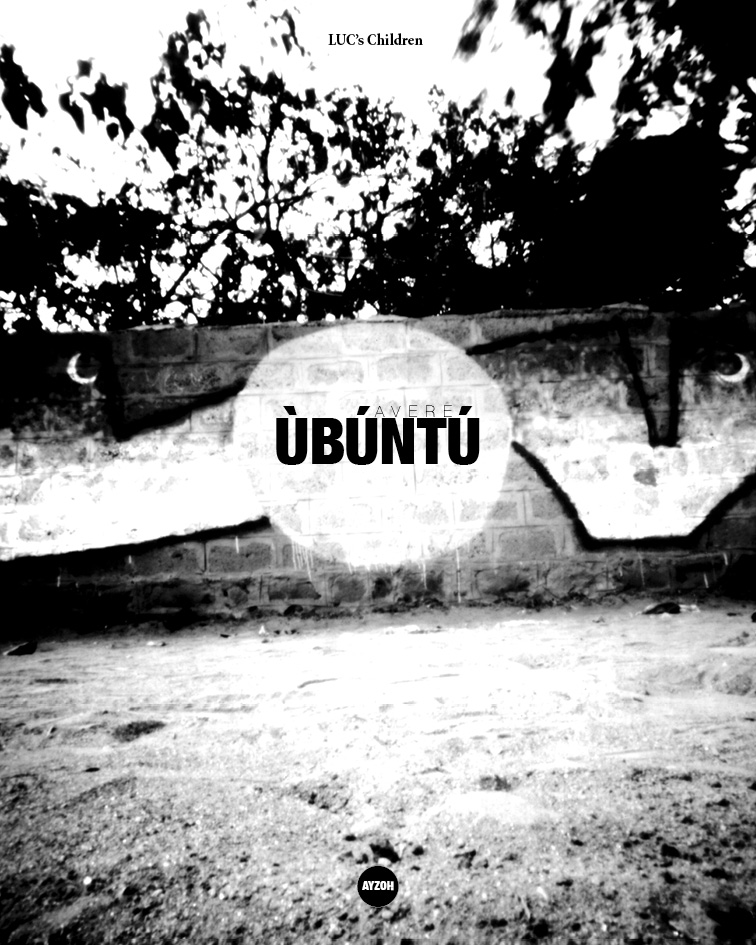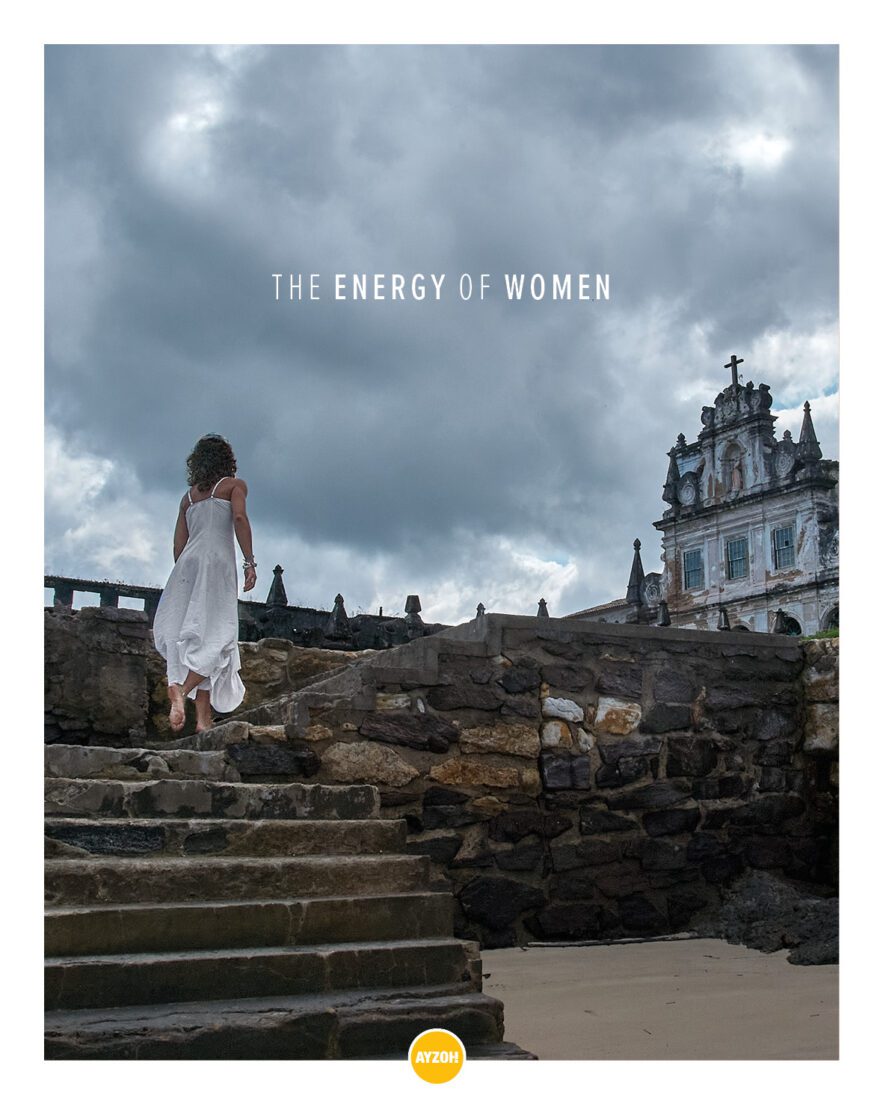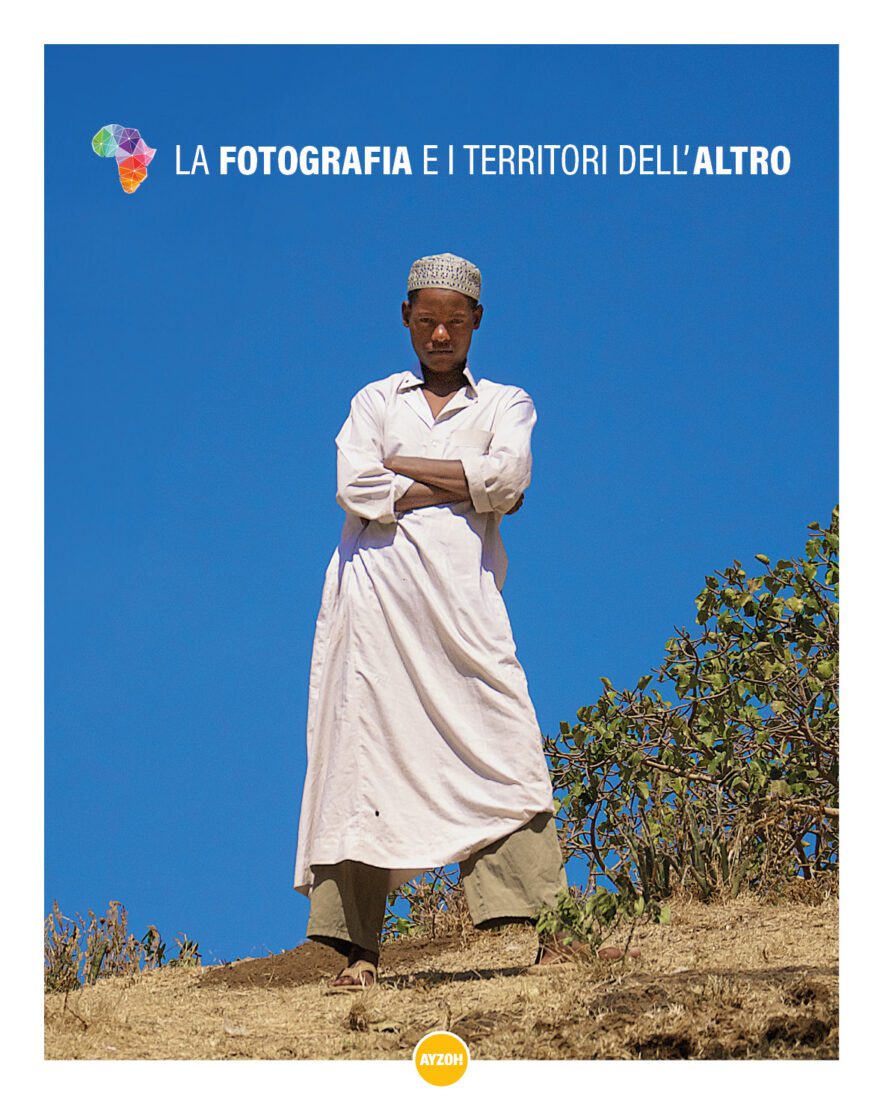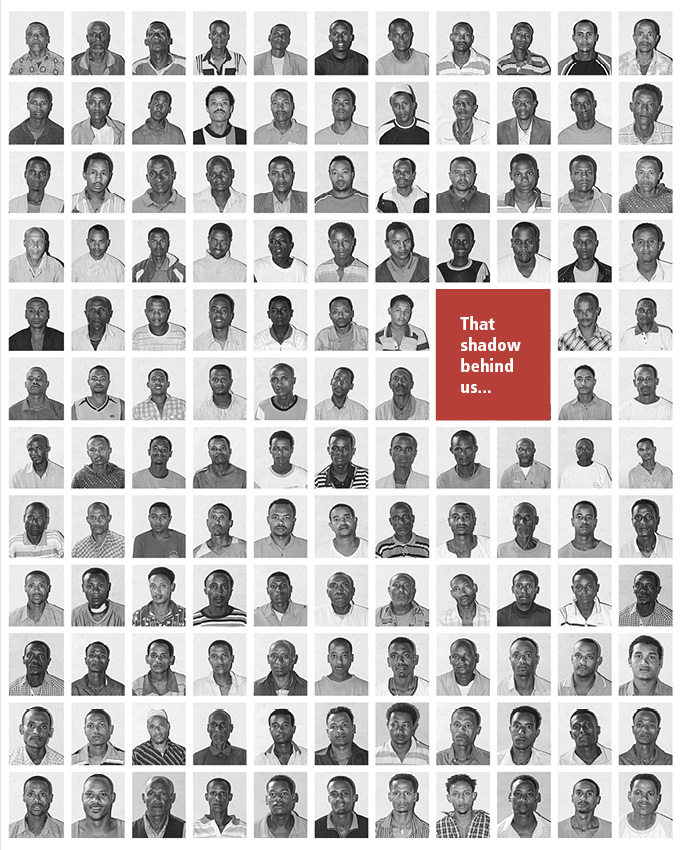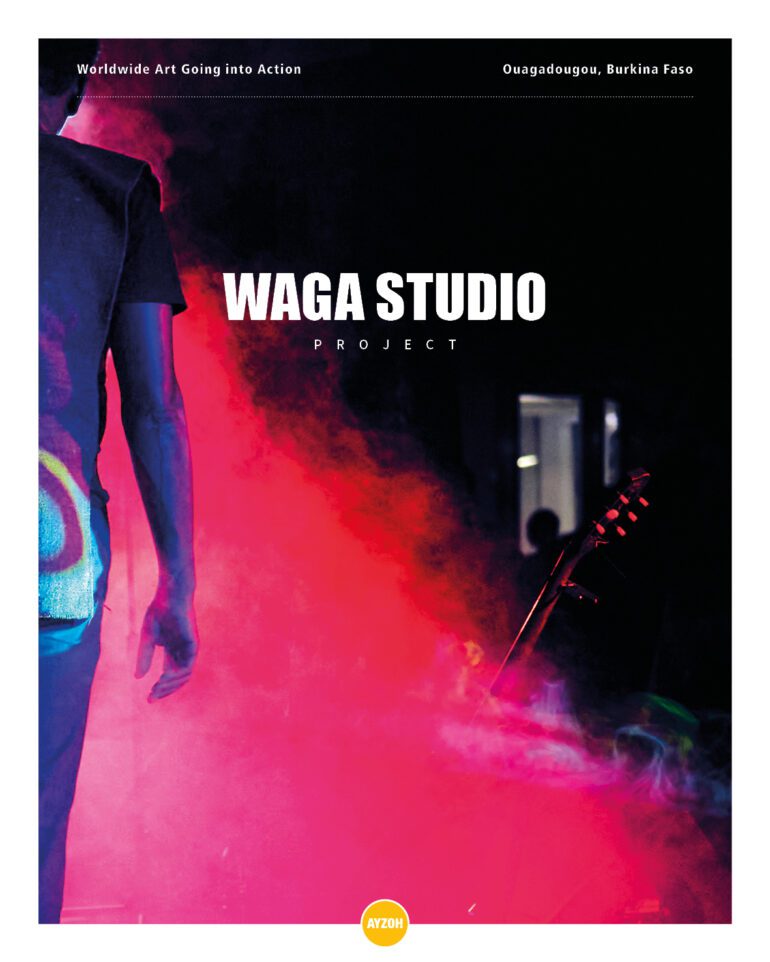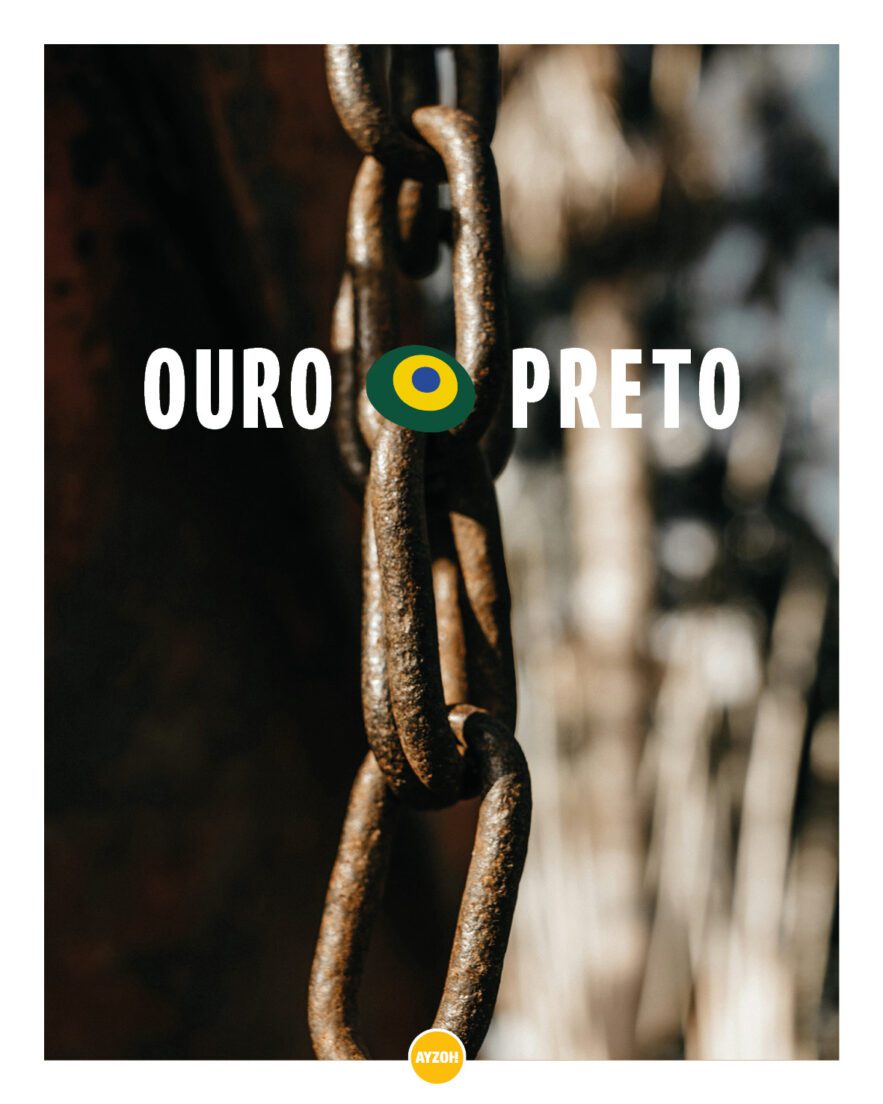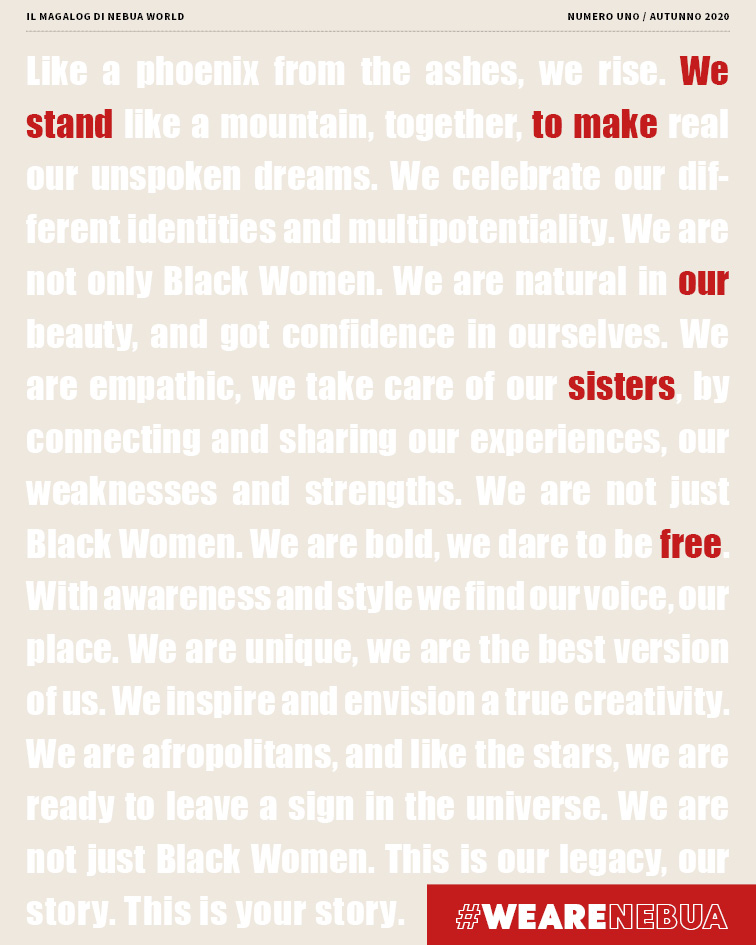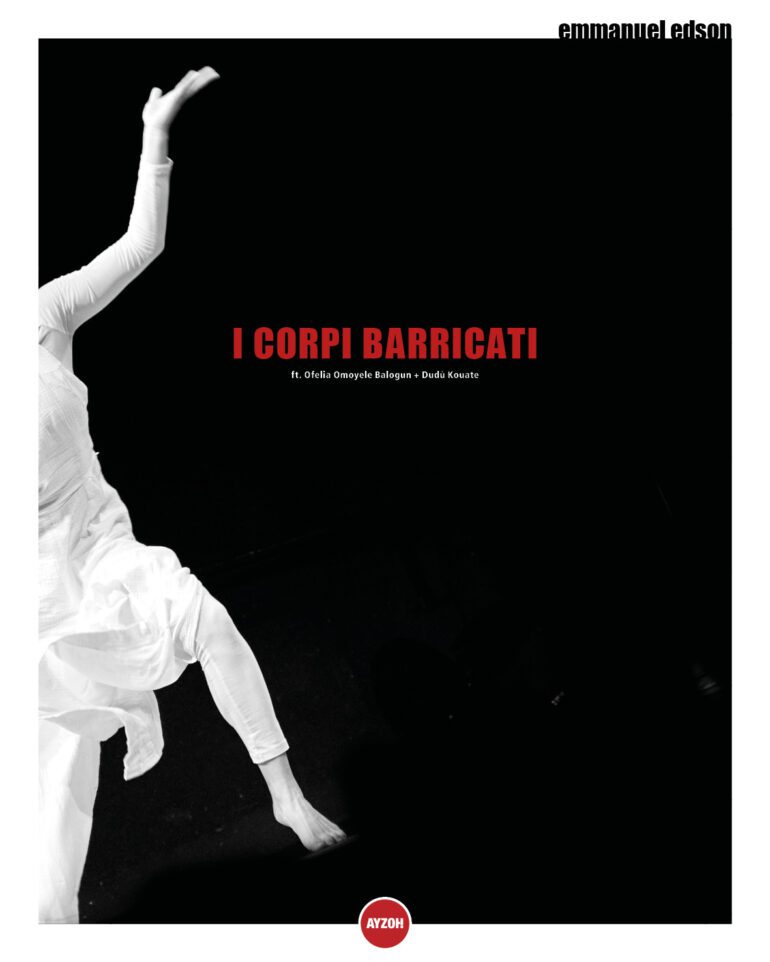Every year, on the night of January 16, the city of Rimini lights up with the flames of La Fogheraccia — an ancient ritual celebrated on the eve of Saint Anthony the Abbot, protector of animals and guardian of rural life.
For the students of the Einstein High School, this year’s Fogheraccia became something more than a tradition to watch. Through a photography and video workshop organized by Ayzoh!, they were invited to observe, document, and interpret this ritual with fresh eyes — transforming a familiar event into a field of storytelling, reflection, and creative expression.
A Fire Older Than the Saint
Although officially linked to the Christian feast of Sant’Antonio Abate, the origins of La Fogheraccia go much further back in time. Bonfires in mid-January have long been part of pre-Christian agrarian rituals found across Europe, especially in the Mediterranean and Alpine regions, where the natural calendar — the passing of the solstice, the return of light, the preparation for sowing — shaped the rhythm of community life.
These fires marked the symbolic end of winter, the cleansing of the old, and the invocation of fertility for the year to come. The burning of wood, often gathered communally, was an act of purification and protection, believed to ward off disease, bad luck, and the lingering cold of the darker months.
With the spread of Christianity, many of these seasonal rites were absorbed into the liturgical calendar. Saint Anthony, with his association to animals, earth, and monastic simplicity, became the perfect patron to stand at the threshold between pagan past and Christian present. His figure still appears in rural Italy with a pig by his side — an ancient symbol of abundance and domesticated nature.
Rituals of Light and Community
Today in Rimini, La Fogheraccia continues to serve as a moment of gathering. Entire neighborhoods participate in building the fire, sharing stories, food, and warmth. The event is both festive and symbolic — a point of intergenerational continuity where elders pass on memories and young people imprint new meanings.
A lesser-known but deeply rooted tradition on this night is the blessing of animals. People bring dogs, cats, horses, and even chickens to be blessed by a priest. In rural cosmologies, this act ensures the health and fertility of the animals for the year ahead. It’s a rare moment where animals, humans, fire, and faith all come together in a shared space of care and recognition.
The Role of the Workshop
In this setting, Ayzoh!’s workshop introduced a different form of participation: documentary observation. The students of the Einstein High School were guided to approach the event not only as participants, but as attentive witnesses. With cameras and phones in hand, they explored how to frame gestures, light, faces, and atmosphere — asking not only what is happening?, but also what does it mean to those who are here?
Through photography and video, they discovered how rituals carry layered meanings — personal, historical, symbolic — and how documenting them is not just about recording, but about understanding.
Why It Matters
At Ayzoh!, we believe that photography is not only a tool to tell stories from distant places, but also a way to see the familiar differently. The fire of La Fogheraccia — though local and seasonal — contains echoes of rituals found from the Andes to the Sahel. It reminds us that every community has its own ceremonies to face change, to honor life, to seek protection.
By involving young people in this process, we hope to foster a deeper awareness of what surrounds them — not just as tradition, but as living heritage.
































